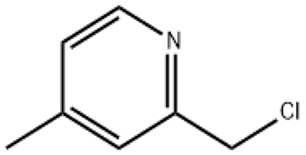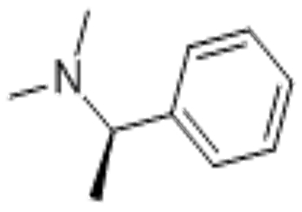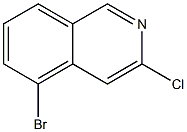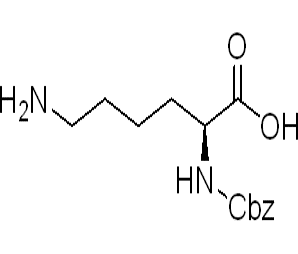2,4-Dichloro-7H-pyrrolo[2,3-d]pyrimidine(CAS#90213-66-4)
| Hazard Symbols | T – Toxic |
| Risk Codes | R25 – Toxic if swallowed R36 – Irritating to the eyes R36/37/38 – Irritating to eyes, respiratory system and skin. R22 – Harmful if swallowed |
| Safety Description | S26 – In case of contact with eyes, rinse immediately with plenty of water and seek medical advice. S45 – In case of accident or if you feel unwell, seek medical advice immediately (show the label whenever possible.) S28 – After contact with skin, wash immediately with plenty of soap-suds. S36 – Wear suitable protective clothing. |
| UN IDs | UN2811 |
| HS Code | 29335990 |
| Hazard Class | IRRITANT |
Introduction
2,4-Dichloro-7Hpyrrole [2,3-D]pyrimidine is a nitrogen heterocyclic compound containing a dichloride group. It has a colorless to yellow crystalline solid. The following is an introduction to its nature, use, preparation method and safety information:Quality:- Appearance: Colorless to yellow crystalline solid- Solubility: almost insoluble in water and soluble in organic solventsUse:- 2,4-Dichloro-7Hpyrrole[2,3-D]pyrimidine is a commonly used pesticide intermediate for the synthesis of compounds such as pesticides, insecticides, and herbicides.- It can also be used as a reagent in scientific laboratories.Method:- 2,4-dichloro-7Hpyrrole [2,3-D]pyrimidine can be obtained by reacting 2,4-dichloropyridine and urea under suitable conditions.Safety Information:- 2,4-Dichloro-7Hpyrrole[2,3-D]pyrimidine is an organic compound with certain toxicity. Appropriate safety precautions, such as gloves, goggles, and protective clothing, should be taken when using or handling.- Avoid inhaling its powder or vapor and keep away from open flames and high temperatures.- Avoid contact with strong oxidizing agents and strong acids.- Comply with relevant regulations and guidelines during storage and handling.


![2,4-Dichloro-7H-pyrrolo[2,3-d]pyrimidine(CAS#90213-66-4) Featured Image](https://www.xinchem.com/uploads/24-Dichloro-7H-pyrrolo23-dpyrimidine.png)





